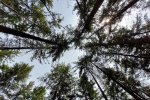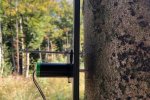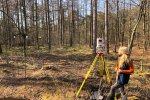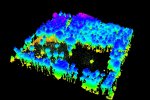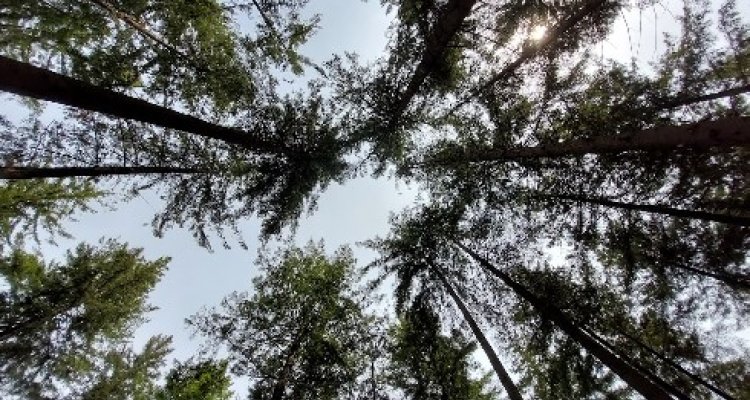
Project
Climate-smart forestry
The overall aim of my project is to gather robust experimental evidence on the effects of forest density reductions on tree hydration and growth under hot and dry conditions. I will do so by using a long-term field experiment in the Netherlands containing a full density gradient
Drying forests
Drought incidence will increase with climate change and bring about negative effects on forests, hampering their ability to fulfil their ecosystem services related to society, ecology and economy. Informed decisions about how to manage our forest are crucial but remain a challenge due to uncertain (or lacking) scientific findings related to drought and possible management interventions. Forest density reductions are suggested as a feasible CSF intervention, supported by a increasing body of evidence.
The CSF intermediate-density hypothesis
I hypothesize that an optimum for stand density under dry conditions exist where trees in light-to-moderate density reductions will show less dehydration and stronger stem growth under dry conditions than trees in unthinned or heavier density reductions (Figure 1). Under normal conditions, individual tree growth is limited by resource competition and is maximized under high density reductions as the microclimatic benefits of canopy closure are relatively minor. Under dry conditions however, the microclimatic benefits of canopy closure increase, as does the competition for water under low density reductions. Microclimatic benefits include: higher radiation penetration, solar shielding during water shortage, below-canopy humidity retention under dry conditions, and higher precipitation throughfall occurs. Therefore, we hypothesize that under dry conditions, individual tree growth is highest under intermediate density reductions.
The knowledge gap
It remains debated to what extent, and how, density reductions would ensure forest drought resilience since a multitude of factors have been suggested to reduce or even cancel the expected positive effects on tree water availability. In my thesis, I will investigate these matters by addressing four key objectives:
- Characterize the spatiotemporal relation between density-dependent neighborhood structure and its’ associated spatial soil moisture availability and microclimate.
(TLS, VWC, microclimate) - Quantify the optimum density reduction at which trees best withstand drought effects in terms of intra-annual growth, and unravelling the underlying driving mechanisms associated to their moisture economy.
(point-dendrometers, SWP, microclimate) - Quantify the optimum density reduction at which the trees have best from the drought in 2018 at multi-annual scale while assessing the impact of differences in tree crown vitality predisposition.
(tree rings, TLS) - Explore forest system dynamics using a 3D tree mechanistic modelling approach to determine optimal thinning strategies.
(spatially explicit forest growth model)
Experimental design
For this research I will make use of an on-going forest experiment located in the Netherlands, consisting of fifteen forest plots of >1 ha, each located on similarly poor sandy soils, with five replicate locations (see Figure 2) dominated by Common beech (Fagus sylvatica), Douglas fir (Pseudotsuga menziesii) and Scots pine (Pinus sylvestris). In 2019, in each of the 15 plots, stand density treatments were established to four ¼-ha plots: one clear-cut (all trees removed), shelterwood-system (~ 80% removed), high-thinning (~20% removed), and a control (no removal) (Figure 2).

